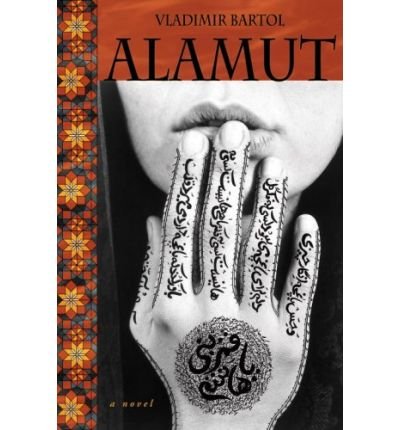Alamut
Bartol’s novel is set in 11th century Persia. The title is the name of the castle over which the self-proclaimed prophet Hasan ibn Sabbah rules. He is scheming to achieve his vision to establish control over his country and free his people from the occupying Turks. At Alamut, the castle, he creates an army of devoted followers including an elite group, the fedayeen. They are fanatics who blindly follow his commands without question even to the point of suicide; some become “living daggers” to kill his enemies. To create this extreme devotion, he twists the interpretation of religious doctrine. He also uses hashish, lush gardens, and beautiful slave girls to create an illusion of paradise that he manipulates to bind the loyalty of the fedayeen to his cause. The novel has a wide array of interesting characters, but focuses on two in particular: Halima, a young and beautiful slave girl, and ibn Tahir, a devotee who becomes a fierce soldier.
The novel can be read on multiple levels. One is as a simple adventure story. On another, it is a fairly accurate retelling of actual historical events. On yet another level, it can be seen as an allegory on fascism, a growing menace in Europe at the time of the book’s first publication in 1938. It is also an ominous forecast of the current nightmare in the Middle East.
Having been translated already into 19 languages, the novel’s English translation by Michael Biggins brings this 20th-century masterpiece to a new audience for the first time.










